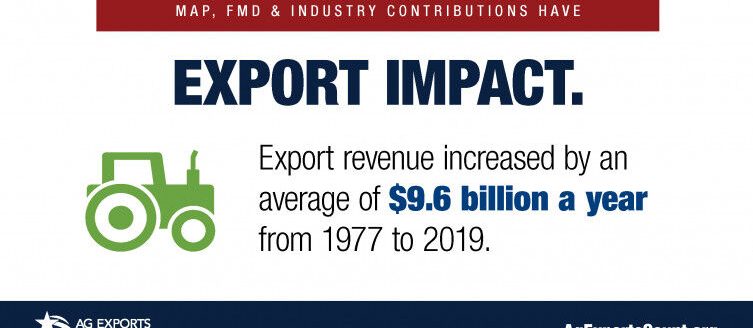The U.S. Department of Agriculture’s Economic Research Service released its Situation and Outlook Report for Wheat Dec. 13.
This month, the ERS projects all U.S. wheat exports for the 2018-2019 marketing year will be cut by 25 million bushels to 1 billion total.
“Export sales through the first six months of the marketing year are projected to constitute just 41 percent of the current marketing year total,” according to the report. This is behind the 10-year average of 52 percent.
Slow to sluggish sales of hard red winter wheat drove these historically low levels in the first half of the marketing year, but the ERS predicts U.S. wheat sales will pick up in the second half. HRW exports for the 2018-2019 marketing year are down by 40 million bushels in December and are only partly offset by a 10 million-bushel increase in projected soft red winter exports and a 5 million-bushel increase in hard red spring projection.
“On a market-year basis, U.S. wheat exports are reduced 680,000 tons to 27.9 million tons,” the report stated.
The U.S. will face strong competition in the global wheat market from Russia, with Russian exports for the 2018-2019 marketing year raising 1.5 million tons, to 36.5 million tons. Russia is competing strongly on price in the world market.
With this much wheat expected to stay home and off the export market, the stock-to-use ratio is now at 45 percent. Even with ending stocks raised due to reduced export use, ERS reported this ratio is still expected to be 11 percent lower than the 2017-2018 ending stocks estimate. And, despite lower export projection, USDA’s National Agricultural Statistics Service reported an expected 5-cent increase in the U.S. season-average midpoint price, reaching $5.15 per bushel.
The USDA-NASS final wheat estimates for 2018-2019 marketing year and the first official projections for winter wheat seeded for 2019 will be released in January. However, between the October and November reports, a large swath of the winter wheat growing area saw bad weather patters that delayed corn and soybean harvest. Harvest delays and saturated soils then pushed back the planting of the 2019 winter wheat crop, the report stated.
By Nov. 25, USDA-NASS reported that 95 percent of the winter wheat crop had been planted, compared to the five-year average of 99 percent. The planting window is essentially closed and winter wheat sowings—especially in Kansas—are expected to be below initial predictions. Some expect total winter wheat planting to be at a lower level than seen for the 2018 crop. Significant declines in planted areas may lead to a year-to-year reduced winter wheat production.
The 2019 winter wheat crop should be heading into dormancy, but emergence is behind schedule. As of Nov. 25, just 86 percent of the winter wheat crop was emerged, compared to the five-year average of 92 percent. And in Kansas, just 87 percent of the winter wheat was emerged, far below the average of 96 percent at the same time. Fortunately, what’s out there appears to be in better condition than the same time in 2017, with 55 percent rated good to excellent.
The full report can be found at https://www.ers.usda.gov/publications/pub-details/?pubid=91007.
Jennifer M. Latzke can be reached at 620-227-1807 or [email protected].



